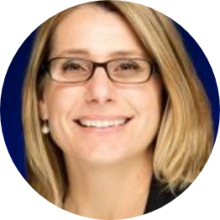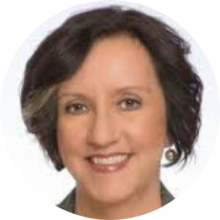Q: What were some of your earliest accomplishments using our assessment solution?
A: When I got here, I basically said, “There’s no way we are going to do Accreditation without a Campus Labs (now Anthology) platform.” We wanted a shared platform where we could collaborate. We expanded quickly from there as people saw a need and it fit that need. With the integration between Accreditation and Planning, we were able to get people into Planning sooner, as well. It’s really helpful. It’s cool because we got participation from all our stakeholders related to WASC Senior College and University Commission (WSCUC) using tools successfully, not banging their heads against the wall or feeling frustrated by the tools.
We rolled out Planning immediately with a pilot project in the Division of Academic Affairs for the non-academic units. The project initially attempted to provide a space for assessment plans aligned to the CSUSB Strategic Plan 2015-2020. Shortly after the initial launch in the Division of Academic Affairs, the project was replicated with some adaptations in the Division of Student Affairs. The commitment of the working group members in the onboarding process for Planning facilitated the early adoption across the campus for reporting on the institutional strategic plan.

